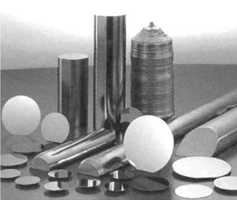Design Structure of Compound Semiconductor Devices and Its Applications
Main Article Content
Abstract
Due to their high carrier mobility, III-V compound semiconductors have begun to garner substantial interest as silicon-based electronics near their scaling limit for performance and chip density. The mobility advantages of III-V compounds are widely acknowledged, however this oversimplifies the detrimental impact of inevitable threading dislocations, which may seriously confine the utilization of these materials in nanometer-scale circuits. In this article, we give a hypothetical model that makes sense of how charged disengagements in quantum-bound III-V semiconductor metal oxide field impact semiconductors diminish transporter portability (MOSFETs). In light of the discoveries, we reach the determination that Fermi level sticking in the channel should be eliminated to deliver transporters with high infusion speeds for III-V compound MOSFETs to perform better compared to silicon MOSFETs.

